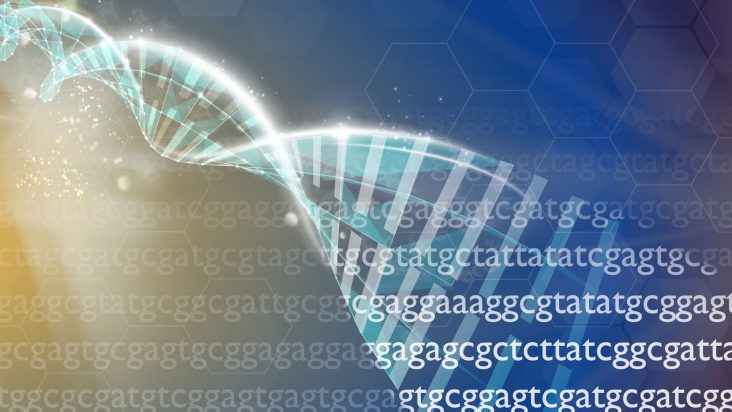Clinton, Fauci look back on science, genome accomplishments
by March 29, 2022 8:37 pm 1,132 views

Investments made during President Bill Clinton’s administration helped lead to the mapping of the human genome as well as advances in the fight against AIDS and later, COVID, according to Dr. Anthony Fauci and participants in two panel discussions hosted by the Clinton Presidential Center on Tuesday (March 29).
The participants spoke at a virtual program, “Investing in a Healthier Future,” presented as part of the Frank and Kula Kumpuris Distinguished Lecture Series.
Well-known participants included Fauci, who was appointed by President Reagan as director of the National Institute of Allergy and Infectious Diseases and served in that capacity under Clinton; Dr. Francis Collins, who was director of the National Human Genome Research Institute under Clinton; and Donna Shalala, Clinton’s secretary of Health and Human Services.
Clinton said a tension always exists between budgeting for the present and the future, but he was glad his administration was able to almost double the budget of the National Institutes of Health (NIH) and more than triple the budget for the Human Genome Project. The work done then helped hasten the development of treatments for HIV and established the NIH’s Dale and Betty Bumpers Vaccine Research Center, which he said helped lead to COVID-19 vaccines.
He said the $3 billion spent on the Human Genome Project was “the best $3 billion I ever spent in my life” with a huge return on investment.
Clinton said one of the benefits of the project was that it showed how humans are genetically similar, even though we conflict over the relatively small amount that makes us different.
“We spend 99-and-a-half percent of our time fixated on our differences, and when we’re in a foul humor, we completely forget about the other 99-and-a-half percent of us that is the same,” he said.
Dr. Harold Varmus, who directed the NIH under Clinton, said the NIH’s budget under Clinton started at less than $11 billion and now is $43 billion after funding began doubling every five years starting in 1998. Varmus called the Clinton administration the “golden years of medical research” because of the entire Clinton family’s enthusiastic support, because of the increased funding, and because of support from other facets of government.
Fauci said AIDS was the leading cause of death by 1994 for Americans between the ages of 25 and 44. Research led to the creation of studies and treatments that transformed the lives of people with AIDS. He credited Clinton for supporting the Vaccine Research Center and for issuing an executive order to assist developing countries in importing and producing generic HIV treatments.
Fauci said the talented people working to combat AIDS also applied their efforts to other viruses, including influenza and coronaviruses.
“It was just a beautiful symphony of people who were playing together, and it became very clear that it would go well beyond HIV, which it has,” he said.
Of Fauci, Clinton said, “I am amazed you’re still standing after all you’ve been through these last two years, and I was always grateful to you for your hard work and never more grateful than to see you trying to talk common sense in the middle of nonsense.”
Dr. Gary Nabel, who was director of the National Institute of Allergy and Infectious Diseases under Clinton, said memories have faded regarding the AIDS epidemic’s toll. More than 39 million people have died of AIDS, which is more than five times what COVID has killed, he said. A vaccine has remained elusive because HIV is an “insidious virus” with “enormous genetic diversity” and can camouflage its viral entry proteins. The Vaccine Research Center, developed to address HIV, became a mission-driven research organization whose work would help address other health risks, including COVID. He said the center “contributed in a foundational way” to the COVID vaccine’s development.
Collins, who directed the Human Genome Project, recalled the day it was announced on June 26, 2000, that about 90% of the human gene had been mapped. He recalled that Clinton had noted the announcement was made in the East Room of the White House where Meriwether Lewis had presented a map to Thomas Jefferson after exploring the Louisiana Territory.
Collins said Clinton that day called the genome the most important and wondrous map mankind had ever produced.
Six months later at another gathering for the Clintons’ farewell from the White House, Collins brought the first CD that contained the human genome sequence.
He said it took 13 years and cost $3 billion to map the human genome. Now an individual’s genes can be mapped in a day for less than $1,000.
Clinton recounted his last conversation with his former secretary of state, Madeleine Albright, who died March 23. He said her voice and mind were strong and she assured him she was receiving good medical care that might or might not be successful. But she was more interested in the kind of world they were leaving for their grandchildren, and that’s what they talked about.
